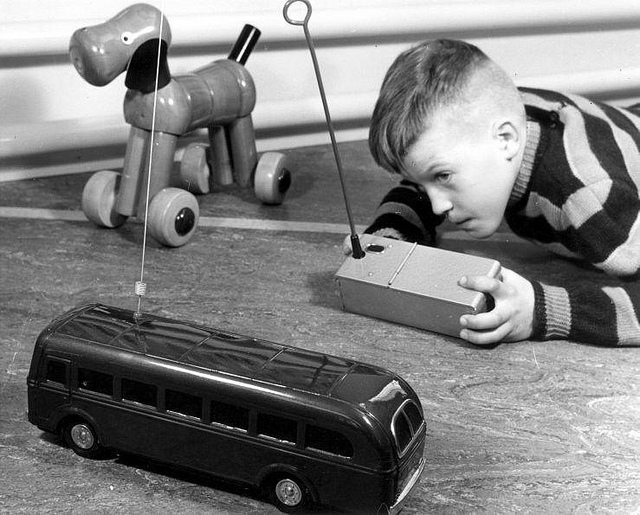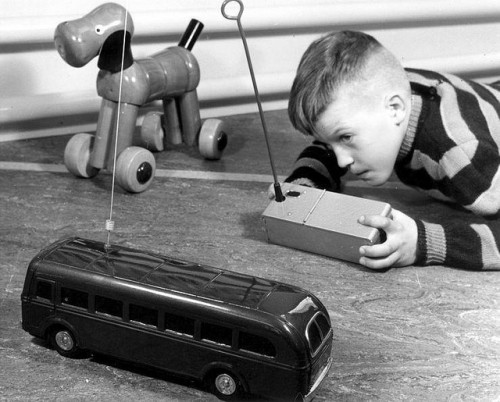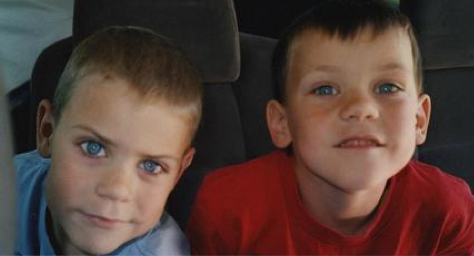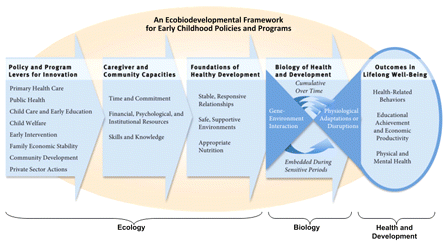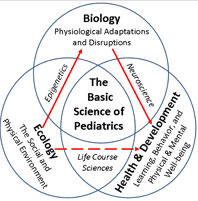Asperger’s syndrome, AS, is a disorder on the autism spectrum. It was first recognized sixty years ago by Hans Asperger. It effects one in three hundred people with ninety-percent of those effected being male. Some characteristics of it are “low capacity for communication, and social interaction, restricted and repetitious stereotyped behavior” such as rocking (Asperger, 2005).
Although many see the disorder as “not a disability, but a difference” (Asperger, 2005), it has also been observed by those effected by it that they do not naturally express verbally their non-verbal experiences. As some one diagnosed with it, Gladstone (2005) feels that it is important to teach children at a young age how to write about past experiences without cramming every last detail about the environment into the paper. Coursey (2005), another person effected by Asperger’s Syndrome, through his son, notes that those with it have no internal dialogue. This perhaps affects the reasoning and abbreviating done naturally by those not affected with the disorder. Both Coursey and Gladstone agree that individuals with and without Asperger’s Syndrome can learn a lot from one another. Gladstone (2005) feels that both should be aware of the idea of going from an abstract thought to a concrete fact and back again, as most humans naturally do. This self-awareness can help both while writing and relating past to present experiences.
By looking at people living with the disorder, educators can get an even better perception of their students with this diagnosis. This allows the educators to get a better idea of what is going on inside the child’s head.
References
Asperger’s Syndrome.(2005, February). Harvard Mental Health Letter, 21 Issue 8, 4-8, 2p.
Coursey, Charles. (2005, July). Asperger’s Syndrome Could be a Character-Builder. ETC: A Review of General Semantics, 62 Issue 3, 308-309, 2p.
Gladstone, Kate. (2005, July). Response to Charles Coursey’s Commentary. ETC: A Review of General Semantics, 62 Issue 3, 310-312, 3p.
